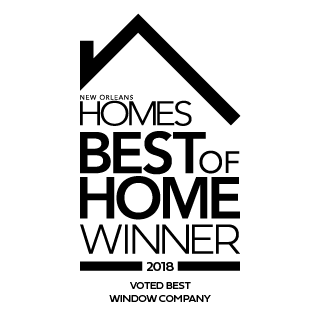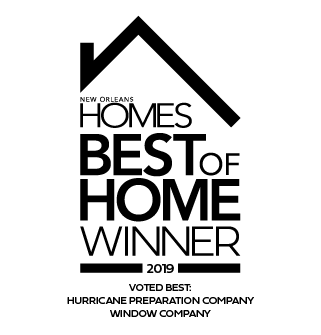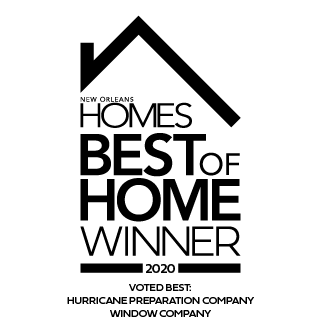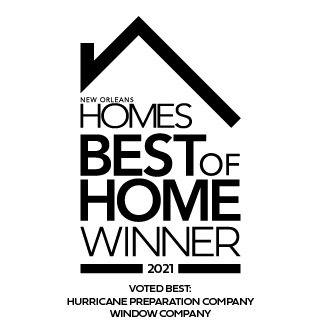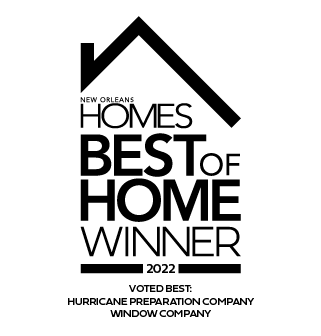At LAS we use proprietary and innovative design to bring you the best windows available. Our windows help to keep your energy costs low and also keep your house well insulated. One of the ways we accomplish this is by using E-glass in our windows.
SunLight and the Solar Energy Spectrum
To understand why having quality Low E glass is so important, it helps to understand sun light. Sunlight or Solar Energy is comprised of three different categories: ultraviolet light (UV), infrared light (IR), and visible light. The difference between these three is their wavelengths. Light with the lowest wave lengths is called ultraviolet light. This light is what is responsible for causing materials and fabrics to dull or fade. Light with medium wavelengths is called visible light. Visible light is what is visually detectable by the human eye. Long Wave light is termed infrared light and is the major source of heating from solar energy. In other words, infrared light is the main enemy of your comfort and energy bills in our southern climate.
What is E-glass?
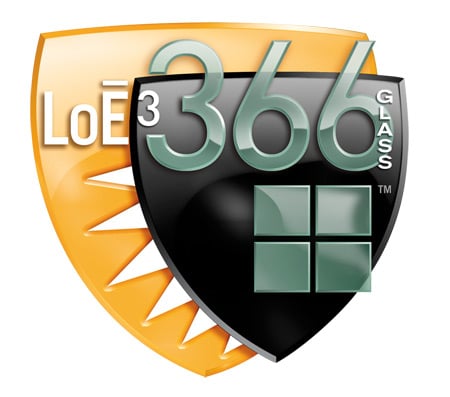 E-glass is glass which is coated with materials to block or reflect as much of the infrared light as possible so that heat is not transferred through. The ability of glass or similar materials to reflect heat or energy is coined emissivity. The lower the value of emissivity, the better the ability is to block the transfer of energy. In order to lower the emissivity of glass, silver and other reflective metals are applied to the surface of the glass in thin layers to block infrared light and portions of UV light while still allowing as much visible light as possible. The result is glass that keeps heat in your house during the winter and keeps heat out of your house during the summer.
E-glass is glass which is coated with materials to block or reflect as much of the infrared light as possible so that heat is not transferred through. The ability of glass or similar materials to reflect heat or energy is coined emissivity. The lower the value of emissivity, the better the ability is to block the transfer of energy. In order to lower the emissivity of glass, silver and other reflective metals are applied to the surface of the glass in thin layers to block infrared light and portions of UV light while still allowing as much visible light as possible. The result is glass that keeps heat in your house during the winter and keeps heat out of your house during the summer.
In a double insulated glass unit such as those manufactured by LAS, there are four different positions or surfaces on which to orient the e glass. Up north; window manufacturers typically place the E coating on surface 3 which is the surface of the inside pane of glass facing out of the insulated glass unit. This is ideal for heating situations as the E glass is closer in proximity to the inside of the window and better keeps heat in your home. LAS places the E coating on surface 2 which is the surface of the outside pane facing inward. This is the optimum position to reflect outside solar energy or heat and keep it out of your house.
Hard Coat vs. Soft Coat
There are two major types of Low E glass on the market. Hard coat or “passive Low E” is applied using the “pyrolytic” process. As the glass is being created, and is at high temperatures; the e coating is applied and then fused to the glass via heat. The result is a piece of glass that is relatively easy to process and use in the manufacturing of windows. “Passive Low E” will also allow some of the lower wave length infrared energy through the glass. This results in a Low e glass that is more suitable for northern climates where heating is more of a concern than cooling.
Soft coat Low E -Glass or “solar control low e” is created using the MSVD process. After the glass is fabricated, thin layers of silver are bonded to the glass in a vacuum at room temperature. The result is a low e coated glass that is harder to handle and an E layer that must be enclosed inside of a sealed insulated glass unit to survive. The payoff is that soft coat Low E glass performs at a much higher level when it comes to blocking infrared light. It even blocks some UV light. The best performing e glass with the lowest emissivity is soft coat and it is ideal for our southern climate which is dominated by air conditioning use.
Cardinal® LoĒ³-366 Glass
At LAS, we exclusively use a soft coat Low E named Cardinal® LoĒ³-366 Glass, which possesses the most impressive insulating attributes on the market today for clear low e glass. Glass is graded commonly through the use of 2 main factors for insulation:
- U-Value is the rating given to a window based on how much heat loss it allows.
- Solar Heat Gain Coefficient is the fraction of incident solar radiation admitted through a window, both directly transmitted and that is absorbed and re-radiated inward. The lower a window’s solar heat gain coefficient, the less solar heat it transmits. In an environment such as ours where the main concern is cooling costs, the solar Heat Gain Coefficient is most important.
The following is a comparison of clear glass, ordinary low e found in many mass produced windows, and Cardinal® LoĒ³-366.
|
U-Value |
Solar Heat Gain Coefficient |
|
|
Clear Glass |
1.04 |
.86 |
|
Ordinary Low E |
.30 |
.72 |
|
Cardinal® LoĒ³-366 |
.24 |
.27 |
Lower values represent increased insulating performance
Through the use of Cardinal® LoĒ³-366, LAS Windows exceeds the Southern US energy star rating requirements by 30%.
Did you know that LAS will replace any pane of glass for free when you bring in the frame? For more information about our windows and how they can benefit your home, contact us and we’ll get you in touch with one of our knowledgeable representatives.


